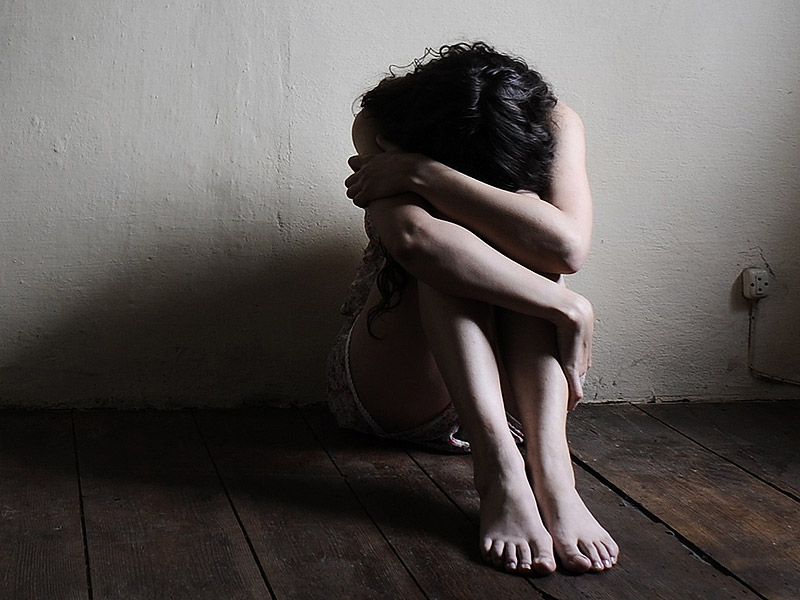A study by Stanford University shows accelerated maturation of a brain region involved in the integration of emotion and actions that occurs in adolescent girls with PTSD but not in boys of the same age group.
According to a study by the Stanford University School of Medicine,  traumatic stress can affect the developing brains of adolescent boys and girls differently. The study found structural differences between the sexes in the insula among the adolescents who experienced post-traumatic stress disorder. This is the first study to show visible differences between male and female PTSD patients in this part of the insula involved in emotion and empathy and may explain the difference in trauma symptoms between both sexes.
traumatic stress can affect the developing brains of adolescent boys and girls differently. The study found structural differences between the sexes in the insula among the adolescents who experienced post-traumatic stress disorder. This is the first study to show visible differences between male and female PTSD patients in this part of the insula involved in emotion and empathy and may explain the difference in trauma symptoms between both sexes.
PTSD More Common in Girls
Not all individuals who experience traumatic stress develop PTSD but prior research has shown that women are more likely to develop PTSD then men. Sufferers of PTSD may experience flashbacks of traumatic events, may avoid places, people and things that remind them of the trauma and may suffer a number of other issues including social withdrawal and difficulty with sleeping or concentrating.
Traumatic stress can affect the developing brain of adolescent boys and girls differently.
The Study
The research team conducted MRI scans of the brains of 59 study participants aged 9-17. Thirty of them, 14 girls and 16 boys, had trauma symptoms. The rest of the participants, a control group of 15 girls and 14 boys, did not have these symptoms. The traumatized and non-traumatized participants were of similar age. Of the traumatized participants, five had experienced one episode of trauma while the rest of them had experienced two or more episodes or had been exposed to chronic trauma.

The researchers saw no differences in brain structure between boys and girls in the control group. However, among the traumatized boys and girls they saw differences in a portion of the insula called the anterior circular sulcus. This brain region had larger volume and surface area in traumatized boys than in boys in the control group. In addition, the region’s volume and surface area were smaller in girls with trauma than among girls in the control group.
The insula normally changes during childhood and adolescence with smaller insula volume typically seen as children and teenagers grow older. The findings imply that traumatic stress could contribute to accelerated aging of the insula in girls who develop PTSD and stunted development in boys who develop PTSD.
Women are more likely to develop PTSD then men.
Could this pave the way for gender specific treatments?
The study could help scientists understand how experiencing trauma could play into differences between the sexes in regulating and expressing emotions and to develop sex-specific trauma and emotion dysregulation treatments. To form a greater understanding of trauma induced developmental differences between the sexes, longitudinal studies following traumatized young people over time are required.
Author: Amanpreet Singh Grewal
Photo Sources: www.medscape.com, www.pinterest.com, www.fzpe.de


Comments are closed.